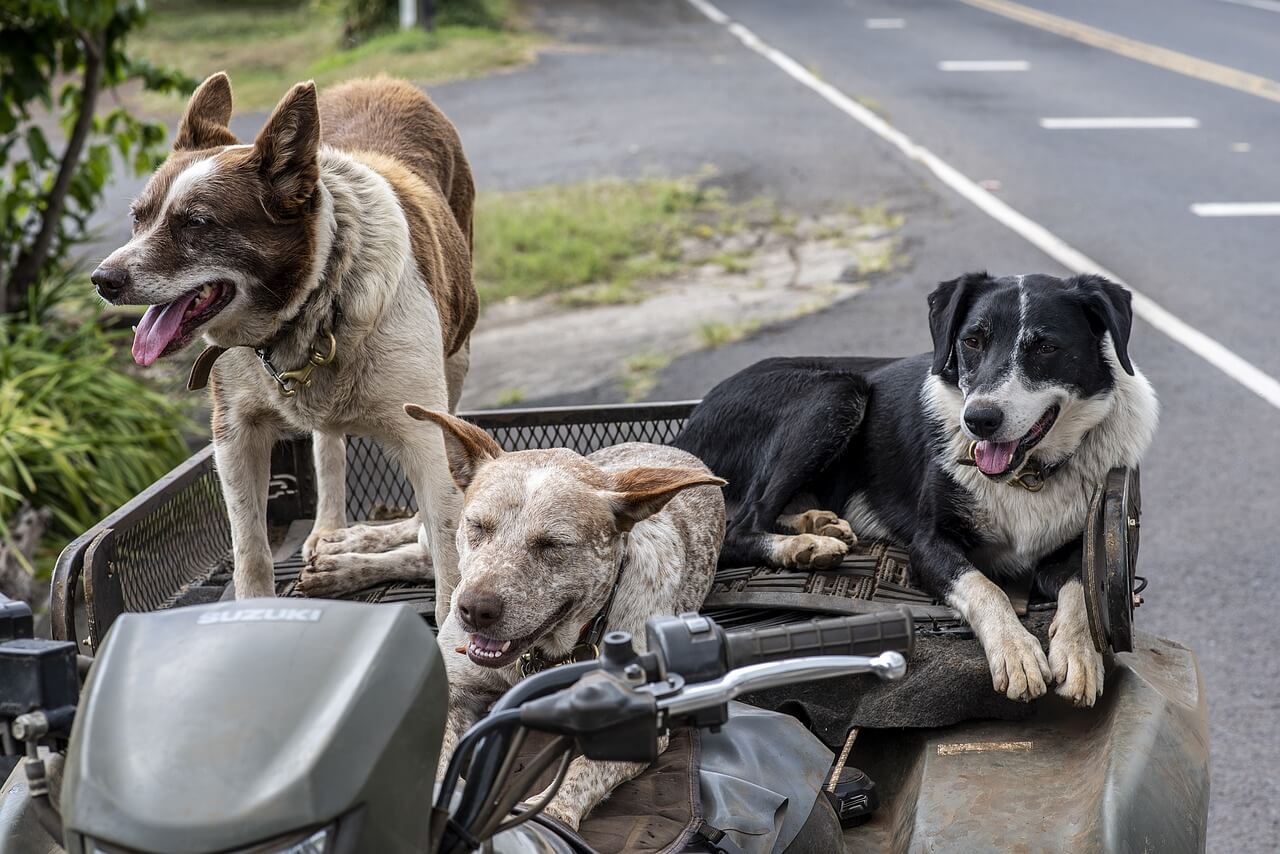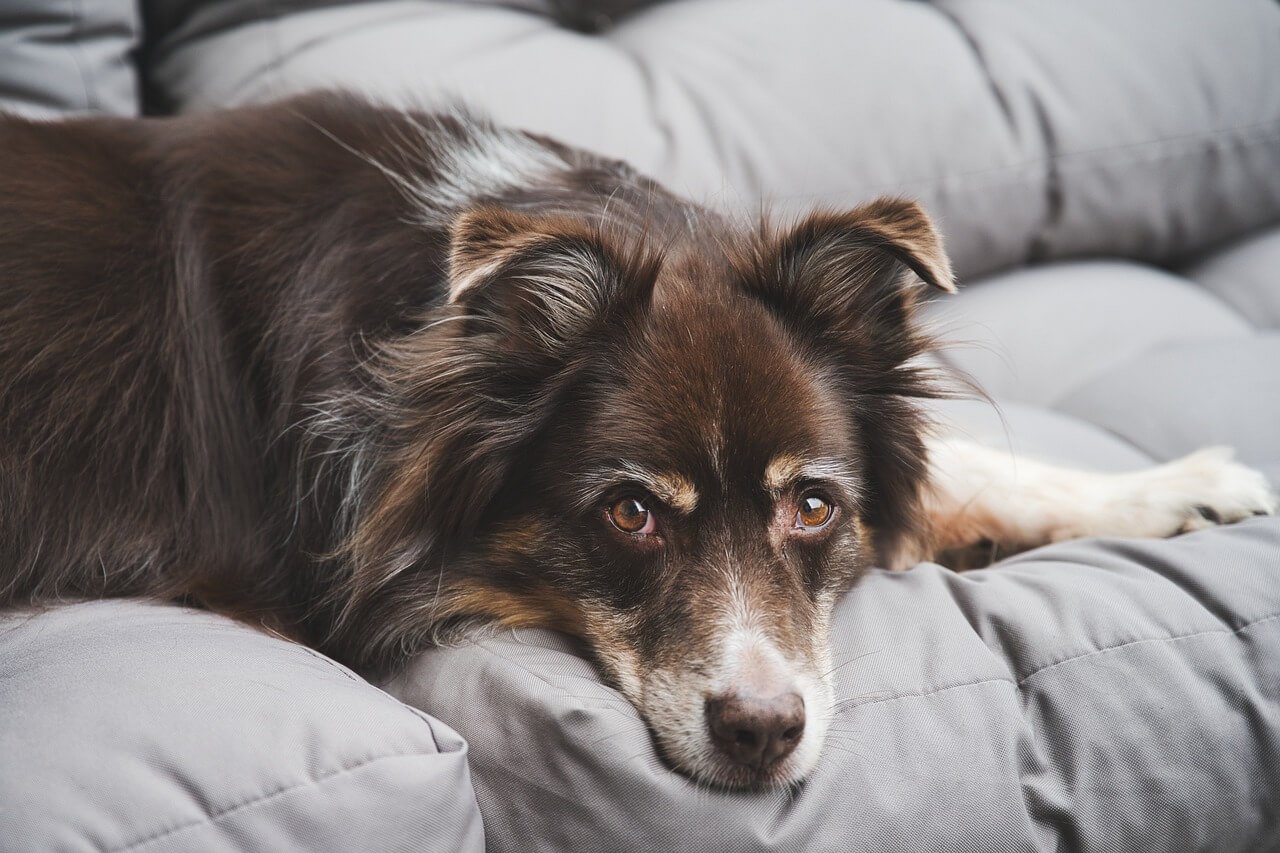
Pet ownership offers exciting adventures with canine companions, but planning ahead ensures smooth and comfortable journeys for everyone involved.
Vintage Plaid Travel Safety Dog Car Seat Bed

$71.74 USD
$117.60 USD
PRODUCT FEATURES KEEPING YOUR DOG SAFE Adjustable safety leashes & fixing seat belts. Built-in safety buckle to combine with dog collar. USE BOTH AT HOME AND IN THE CAR Whether in the car or at home, it can give your… read more
Preparing for the Trip
- Training and desensitization
Puppy raising and training involve early travel socialization and desensitization, with longer trips requiring preparation for crate training, moving vehicles, and noisy streets.
- The power of positive association
Dogs learn through associations formed through rewards like treats, games, or positive experiences, making travel enjoyable for them.
Choosing the Right Gear
Selecting the right travel gear is half the battle won. The appropriate travel accessories will help in making the journey comfortable and safe.
- Dog seat belt – A seat belt is a crucial safety accessory to secure your dog in place and prevent unnecessary movements and injuries. One of the most important functions of a dog seat belt is to save your pet from car airbags in cases of minor or major accidents. The airbags are strictly meant for human safety.
- Dog travel Harness – Dog travel harnesses are designed and tested to meet safety standards for travel. They have multiple attachment points which help in keeping the dog safely restrained. Some of these harnesses come with little sections and pockets to hold doggy essentials like poop bags, water bowl, treats etc.
- Car seat – A medium dog car seat can be a great solution for keeping a dog secure in a moving vehicle. Smaller dogs moving around can be highly distracting to the driver and pose safety risks for everyone involved. A quality booster seat helps secure a medium-sized dog comfortably, preventing unnecessary movements and reducing the risk of potential injuries.Here’s a quick guide on how to choose a dog car seat.
- Travel dog bed – Travel dog beds, including senior dog beds, may be an optional but super comfortable addition, especially for long-distance travels. They work great for senior dogs and dogs with mobility issues. If your dog associates the senior dog bed with rest and sleep at home, it will help them settle down faster on it during travel. Additionally, if your dog tends to get cold, don’t forget to carry a dog blanket for extra warmth.
Fun Zootopia Series Travel Safety Large Dog Car Seat Bed

$71.82 USD
$107.20 USD
This adorable Multifunctional Dog Car Seat Bed is both cute and practical. With high pillows both front and back, there is no need to worry about emergency stops on the road and a sense of security. Versatility: The removable sofa has… read more
- Travel crate – Crates help manage stress and anxiety by providing confinement, preventing unnecessary movements and injuries, and can be even more comforting if trained to perceive it as a safe haven.
Travel Bolster Safety Waterproof Medium Large Dog Car Back Seat Bed

$139.36 USD
$268.00 USD
The dog car seat has three harnesses that can be hung on the pet, back or collar to secure the pet in the car seat and prevent injury from jumping out while driving. Three adjustable clips make the seat more… read more
Safety tips On the Road
- Dealing with motion sickness
Moving vehicles are known to cause sensory conflict in dogs, which is usually the primary trigger of nausea and vomiting in dogs. Gradual exposure to moving vehicles, traveling on an empty stomach, ample ventilation, medications, etc. are some ways to reduce motion sickness.
- Reducing anxiety
Dogs may experience motion sickness in moving vehicles, but positive associations with travel and rewards like treats and enjoyable experiences can help alleviate stress.
- Securing the dog in place
Ensure travel safety for dogs by securing them with appropriate seat belts, crates, or booster seats to prevent erratic movements, potential injuries, and anxiety.
- Travel essentials
Travel safety essentials such as first aid kits, travel harness, medication, comfort items etc. may not always be required on every trip, but are good to have handy. Remember to customize your travel essentials list based on your nature of travel, dog’s health and needs.
- Avoid leaving them unattended
Unsafely leaving a dog alone in a stationery car can lead to risks such as heat stroke, theft, injury, escape, and stress, potentially affecting their physical and mental health.
- Microchipping and other ID tags
Microchipping is a permanent, permanent form of identification implanted under the skin of a dog, providing updated contact information and additional safety measures.
- Taking regular breaks
Frequent breaks during long-distance travel can help dogs cope with constant movement, prevent motion sickness, and reduce stress, promoting positive human-canine interaction and weather adaptation.
Let’s talk about the importance and types of activity breaks for dogs.
Activity breaks
- Water breaks
Dogs often avoid eating and drinking in moving vehicles due to health concerns, but regular water breaks are crucial for long-distance travel and ensuring good health.
- Sniffing and fresh air breaks
During long travels, it's advisable to stop for fresh air and exploration to prevent anxiety in dogs and prevent stiffness and discomfort.
- Pee and poop breaks
Unless you’re an expert at dog body language, it may be difficult for your dog to explicitly express the need to relieve themselves in a moving vehicle. Failure to take ample pee and potty breaks may result in accidents in the car or health issues associated with the bladder. Frequent breaks also help in preventing car sickness and help dogs in settling down faster for the remaining travel. The amount of pee breaks you would need to take would depend on how often your puppy pees during the day.
Maintaining optimal Health and Hygiene while traveling
Maintaining optimal health and hygiene while traveling with pets require planning in advance and catering to their specific needs. Here’s a ball park list of things and activities to ensure your dog’s physical and mental well being while traveling with them.
- Cleaning supplies
- Poop bags for proper waste disposal
- Pee pads
- Diapers if necessary
- Preparing for accidents
- Cleaning up after your dog
- Keep your dog and their resources clean
- Sanitizing your dog’s essential supplies
- Carrying plenty of food and water
- Clean environment in the car
- Temperature regulation
- Tick and flea prevention
- Regular check ins with your dog to ensure they are comfortable
Ensuring optimal safety for our canine counterparts may require some amount of forethought, planning and research. More so because during the journey, your core focus must be on the drive. A vet check and a go-ahead 10 days prior to the trip and making a trip-essential checklist are important ways to ensure a stress-free and safe travel with your pooch.










